Shigeo Gocho Breaking Down Difference Through Photography
In ‘Self and Others’, published in 1977, the artist presents an intimate reflection on his own existence and his relationship to others.
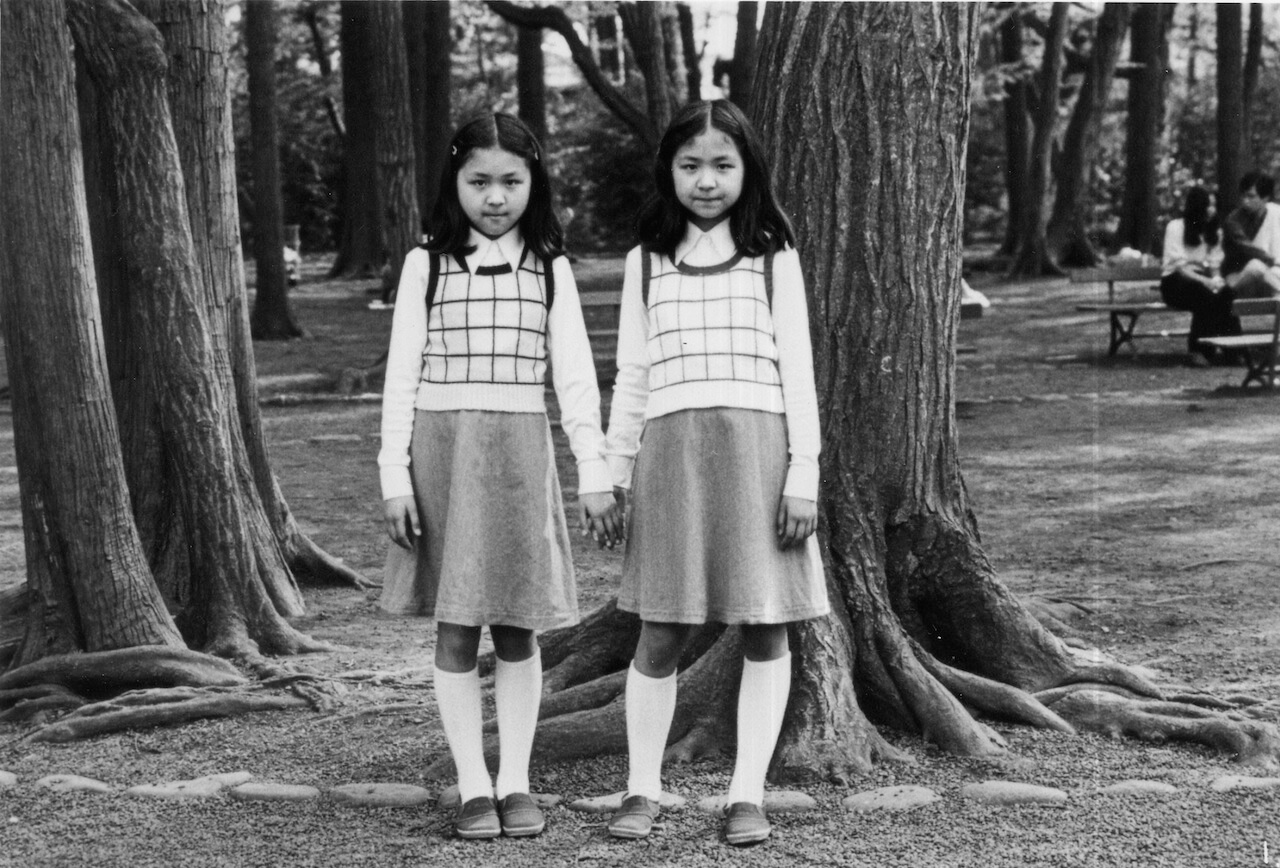
‘Self and Others’ © Shigeo Gocho & Mirai-sha
With the publication of Self and Others by Shigeo Gocho in 1977, the photographer asks the question: ‘what is the position of the photographer in relation to his subject?’ Shigeo Gocho is interested in the ways one might capture the emotions shared between two people. In his preface to the book, Kiyoji Otsuji describes this as a practice in exploring ‘what exists within the abyss that stretches between the self and the Other.’
Born in 1946 in Kamo, Niigata Prefecture, Shigeo Gocho suffered from Pott’s Disease – an infection of the vertebrae caused by the tuberculosis bacillus – which meant he was unlikely to reach adult height. Quickly understanding that his life expectancy was reduced, he began studying photography at the Kuwasawa Design School under Kiyoji Otsuji. Before his death in 1983, he published three photographic books and his work made it into significant institutional collections, including at the San Francisco Museum of Modern Art (SFMOMA).
Seeking normality
Self and Others presents portraits of ordinary people: children, Shigeo Gocho’s family, his friends, and of a normal, peaceful existence – the subjects generally pose with an attitude that exudes a feeling of serenity – questioning our way of apprehending and observing others. In this series, subjects look directly at the lens; the camera serving as a bridge between Shigeo Gocho and the others. The artist is then considered, observed, as any individual would be, despite their difference. Among these photographs, in black-and-white, some seem to have a stronger symbolic dimension, notably where we find children escaping in a thick fog, towards a space inaccessible to the lens of the camera.
The publication in which the series is presented closes with a citation from the sociologue Erving Goffmann: ‘There seems to be no agent more effective than another person in bringing a world for oneself alive or, by a glance, a gesture, or a remark, shrivelling up the reality in which one is lodged.’ This summarises a message passed on by Shigeo Gocho, around which Makoto Sato developed the 2001 documentary with its focus on Self and Others.
Self and Others (1977), is a photo book by Shigeo Gocho, published by Mirai-sha and available via Ibasho Gallery.
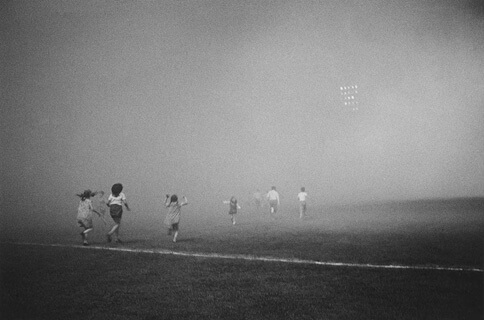
‘Self and Others’ © Shigeo Gocho & Mirai-sha
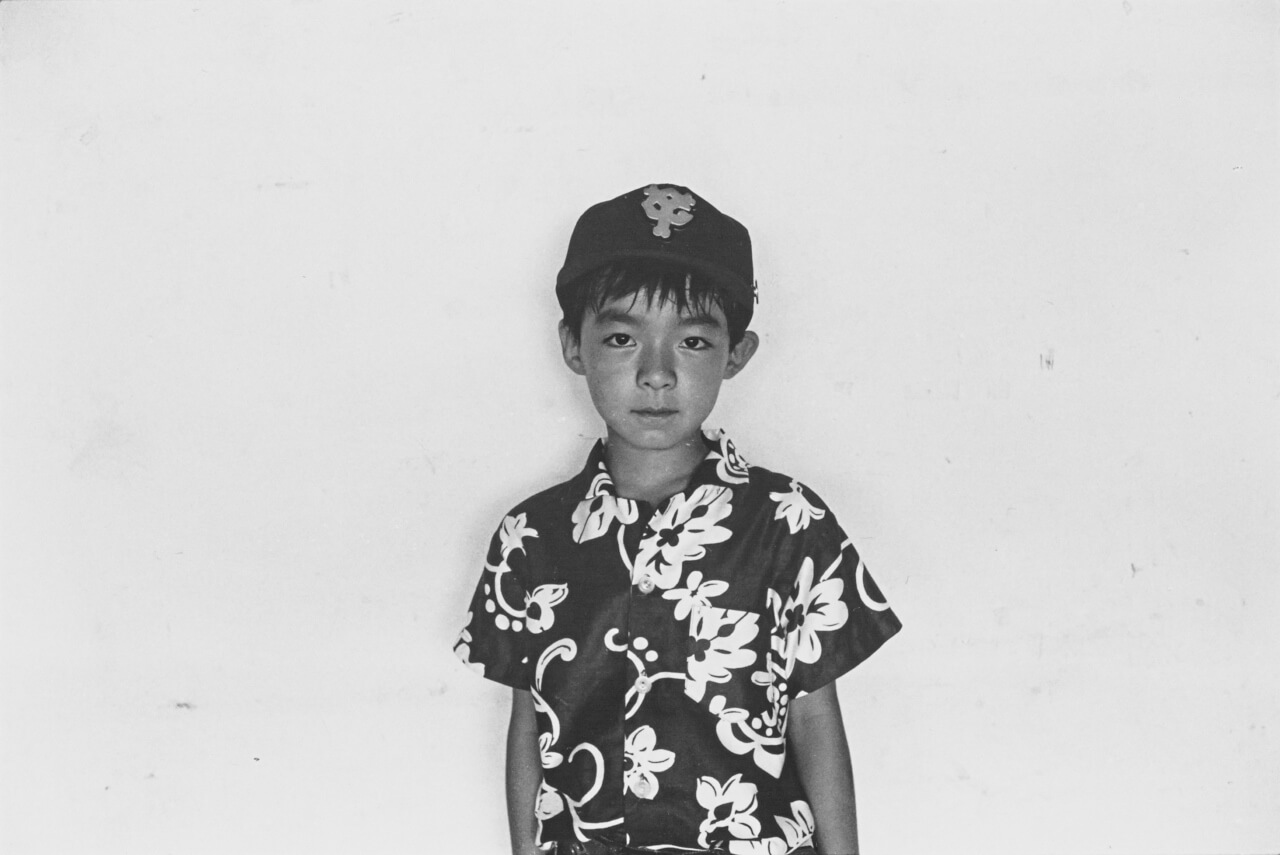
‘Self and Others’ © Shigeo Gocho & Mirai-sha
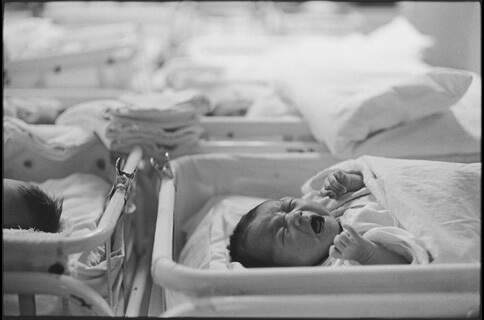
‘Self and Others’ © Shigeo Gocho & Mirai-sha
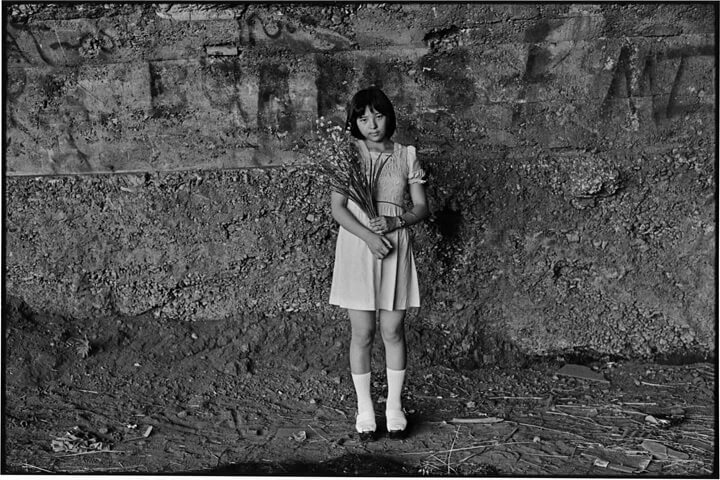
‘Self and Others‘ © Shigeo Gocho & Mirai-sha

‘Self and Others’ © Shigeo Gocho & Mirai-sha
TRENDING
-
The Tattoos that Marked the Criminals of the Edo Period
Traditional tattoos were strong signifiers; murderers had head tattoos, while theft might result in an arm tattoo.

-
Paris, Tokyo: Robert Compagnon
With his co-chef and talented wife, Jessica Yang, Robert Compagnon opened one of the top new restaurants in Paris: Le Rigmarole.
 3:31
3:31 -
Chiharu Shiota, Red Threads of the Soul
Last year, more than 660,000 people visited the retrospective 'Chiharu Shiota: The Soul Trembles' exhibit at the Mori Art Museum.

-
‘Before Doubting Others, Doubt Yourself. Who Can Truly Say a Dish Isn’t What It Used to Be?’
In ‘A Non-Conformist’s Guide to Surviving Society’, author Satoshi Ogawa shares his strategies for navigating everyday life.

-
The Story of Sada Yacco, the Geisha who Bewitched Europe
Described by Dazed magazine as the first beauty influencer, she has been restored to her former glory since 2019.





